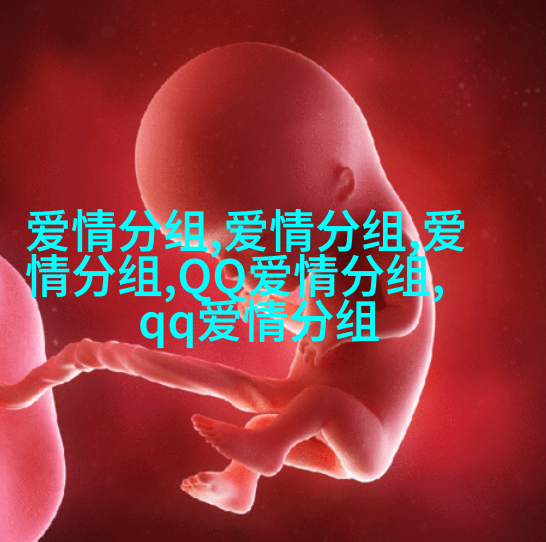The Rise of Digital Art: How Technology is Transforming the Creative Process
In recent years, digital art has become increasingly prominent as technology continues to advance. Gone are the days when art was limited to traditional mediums such as paint and canvas or sculpture. Today, artists can create stunning works using software programs like Adobe Photoshop and Illustrator, 3D modeling tools like Blender or Maya, and even video game engines like Unity.

Digital art allows for a level of precision and control that was previously unimaginable. Artists can manipulate pixels with ease, creating intricate patterns and shapes that would be impossible by hand. This has opened up new avenues for creativity, enabling artists to push the boundaries of what is possible in their work.

Moreover, digital art can be easily shared online through social media platforms like Instagram and Tumblr. This has given artists a global audience they never had before, allowing them to connect with other creatives from all over the world.
Virtual Reality: A New Frontier in Interactive Storytelling
Virtual reality (VR) technology has revolutionized interactive storytelling by providing immersive experiences that transport users into new worlds. VR allows viewers to explore virtual environments that feel real – they can walk around objects in three dimensions just as they would in real life.

This technology is being used extensively in film production companies today for previewing scenes before shooting on location or building sets on a physical scale which could save time & money during filming process also it helps director's visualizing how scene will look after editing & post-production effects are applied

Artists are also experimenting with VR as an artistic medium itself – creating interactive installations that engage visitors on multiple levels simultaneously while enhancing emotional connection between viewer & artwork.
Artificial Intelligence: Enhancing Creativity Through Machine Learning Algorithms
Artificial intelligence (AI) holds immense potential for enhancing human creativity through its machine learning algorithms which enables machines learn from data without explicit programming . AI models have been developed specifically designed to generate music compositions , write poetry verses , compose paintings based upon artist's style .

These AI systems analyze vast amounts of existing creative content within their databases then use these patterns learned during training phase apply them towards generating new unique pieces originality not replicating but inspired by human creators' styles yet retaining essence what makes us love artworks so much more than simply looking at static images created manually by humans alone
Augmented Reality: Blending Real World With Digital Elements
Augmented reality (AR), another emerging trend closely related both tech advancements mentioned above provides user experience where digital information enhances real-world environment thus making our surroundings come alive while interacting seamlessly without any need switching between physical space digitally rendered one
This phenomenon known as "blended reality" offers endless possibilities across various industries including entertainment gaming education healthcare among others e.g., museums now use AR apps allow visitors explore exhibits remotely interactively gaining deeper insights about displayed artifacts rather than passively viewing static displays
5.Collaboration Between Humans And Machines In The Future Of Art
As we move forward into this brave new world where humans collaborate seamlessly alongside machines technologies keep evolving constantly expanding capabilities reach ever further ahead -- it becomes clear there’s no limit how far this fusion take place change our perception understanding artistic expression forever altering landscape creative processes worldwide forevermore
